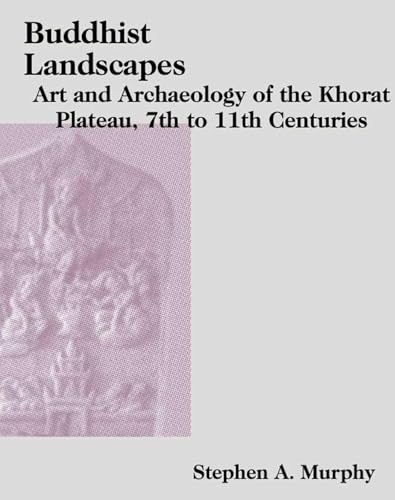via National Geographic, 25 June 2022: A short travel piece on Tham Phi Hua To, a rock art site in Krabi which is open to public. The ‘shaman’ figure in the cave has become an emblem for the province.
Tham Phi Hua To is bigger than I’d imagined, open and wide at the entrance. Stepping inside I can sense the slow geology, the passing of time creating unusual formations, the limestone having folded over itself, piling and drooping like scoops of meringue. Sections are dark, dank, dirty. Sharp teeth of hanging rock close around us. It’s easy to believe in ghosts in such a setting.
As well as an unusually large human skull — which gave the site its ominous name — cave paintings were found here when the site was unearthed in 1954. Over the following two decades, archaeologists recorded a total of 238 images scattered throughout the cave’s twin chambers: blood-red depictions of marine life, birds, and anthropomorphic figures. The quantity makes it one of the most important pictograph sites in the country.
Theo shines a light around the cave art. I see a lobster, an elongated bird, a pair of hands — one with five fingers, one with six — on the upper walls of the chamber. I ask Theo which are her favourites. “The sea creatures,” she says, turning the torch onto an image of an octopus. “They show the richness of nature at that time.”
The beam shifts to the ceiling where, high among the stalactites, Theo highlights a horned figure, wearing a striped-red cloak. This is Khun Lai Sen, or ‘Mr Lining’. Some of the etchings are crude, stick-like drawings, but Mr Lining is carefully detailed; more attention went into this painting. Theo answers my question before I ask it, “Some say it was the god they worshipped to keep them safe.”
Source: Meeting a ‘big-headed ghost’ in southeast Thailand | National Geographic

























